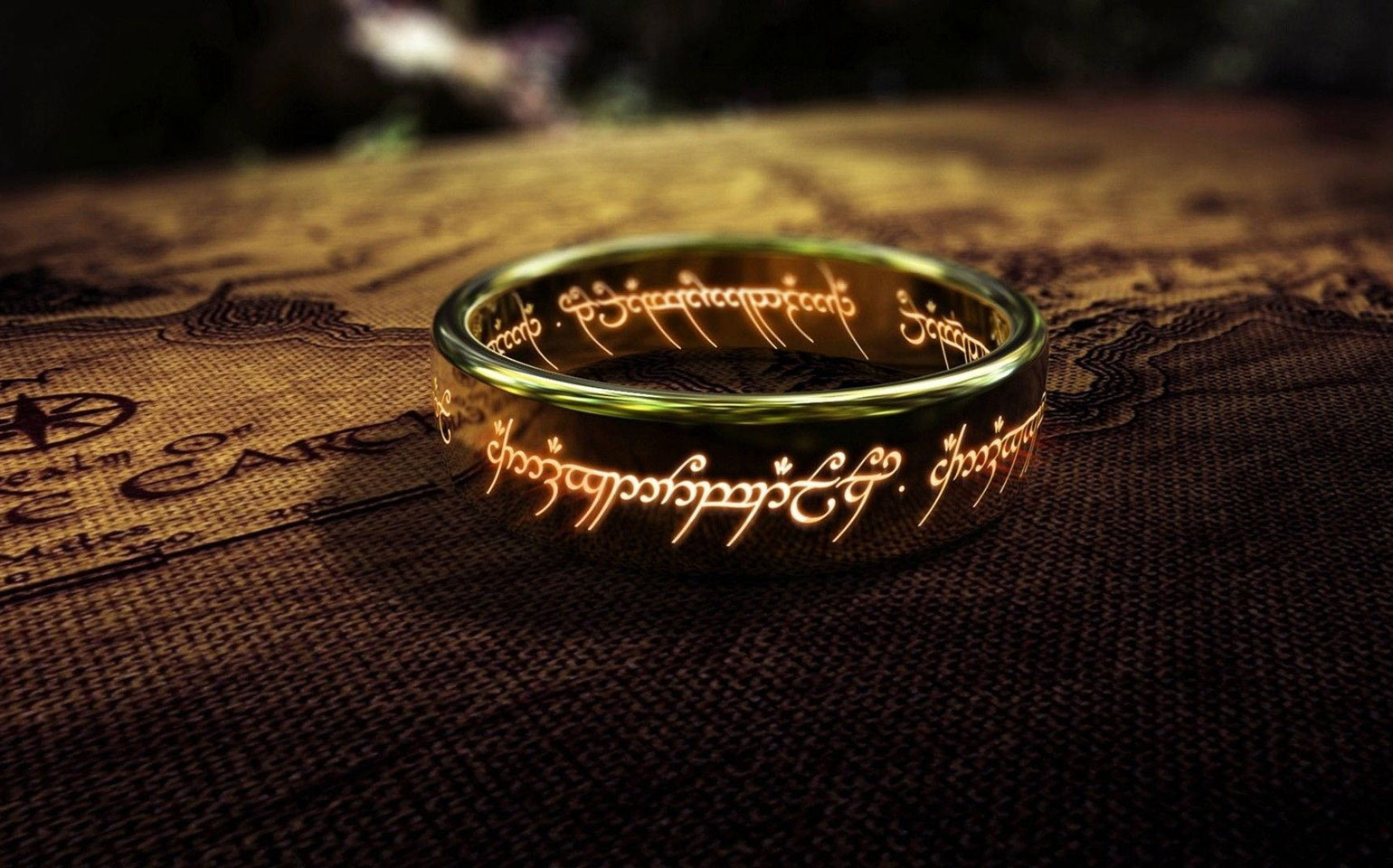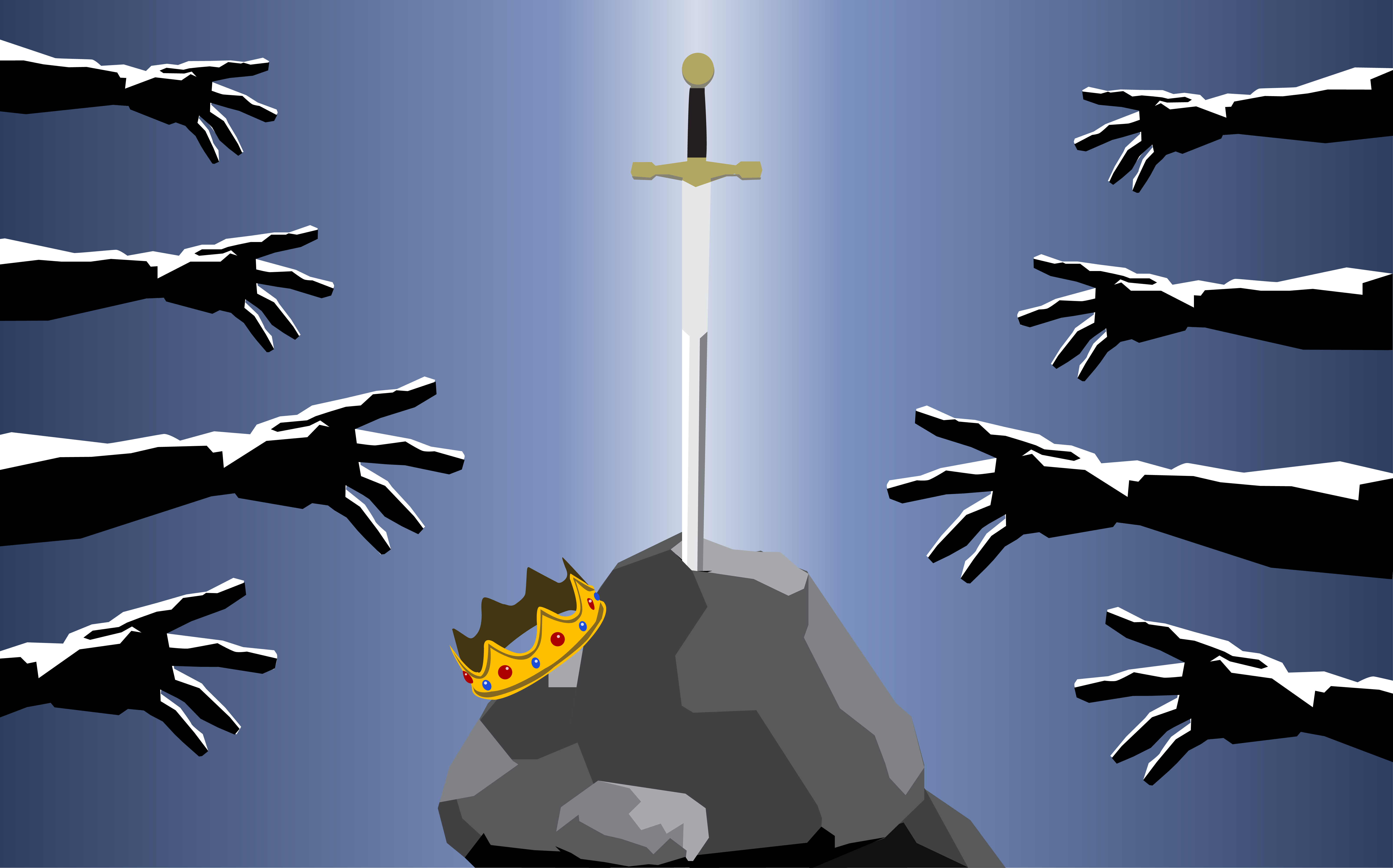
The Rings of Influences on J.R.R. Tolkien’s Works
The Lord of the Rings is one of the most popular franchises in the world. The book series, written between 1954-1956, quickly became popular and spawned an animated film in 1977. A trilogy of films in the early 2000s were blockbusters. Almost everyone knows the epic storyline of the four friends from the Shire who fought against insurmountable odds of the mighty evil Sauron. But what is not widely known, is that this iconic book series is based on real life events and folklore from a variety of cultures and mythologies. Like Joseph Campbell, the renowned American mythologist who called upon myths of the past to define the collective definition of a hero, Tolkien used incidents and lore in his modern-day classic.
Tolkien’s epic series took inspiration from a variety of cultural and religious influences. Even topics such as archeology and politics—which Tolkien would have had firsthand experience with—were employed. Most of his work is based on English and Norse mythology, for example, the famous Dwarves of Middle Earth were based on Norse mythological works and texts such as the famous Edda. Gandalf, the all-wise and powerful sorcerer was based, in some ways, on the Norse god Odin who is commonly considered chief of the gods.
There are more subtle and philosophical influences on his work which are taken not only from ancient myths and legends, but from his own deep Catholic faith. In the trilogy, there are three vices which cause trouble in the world leading to conflict, namely the vices of envy, greed and wrath. These negative traits are evident in the personality of Gollum. He was formerly a man but his greed for the coveted “Ring to rule them all” changes his personality for the worse until he loses all semblance of his previous self. Contrasting Aragorn, the noble King of Gondor who aims to restore his kingdom to its rightful place, is a textbook example of a Catholic in Tolkien’s eye. Aragorn is free from vices and conscious of his duty as a king to uphold the tenets of respect, honesty, and most importantly faith, all of which are traits encouraged by Catholicism. Tolkien also bases his plot around the ideas of the struggle between good and evil, with the ultimate good being represented by the forces of Aragorn and ultimate evil as the forces of Sauron and his armies.
The British Isles also dominated his vast and fertile imagination which would influence his works. Tolkien based his “Sindarin” language on that of the Celts of Wales as he enjoyed its rich sounds and mystery. Many characters in Tolkien’s work are indirectly influenced by Celtic cultures or legends. For example, the lead characters Frodo the Hobbit and Aragorn, King of Gondor are both similar in nature to that of King Arthur. The wizened old sorcerer Gandalf is likened to the famous magician of Arthurian legend, Merlin.
Tolkien also based the beautiful Shire region and its inhabitants, the Hobbits on Celtic influences. Hobbit names from the novel such as Brandybuck and Meriadoc are borrowed from Irish Celtic culture and the lush landscape of the Shirewas inspired by Tolkien’s many trips to the Emerald Isle. The crumbling forts overlooking the rolling hills, vales, and brooks of Ireland can influence one’s imagination to conjure up dragons and brave knights that might still be lurking behind the shadows.
Classical Greek and Russian influences are also evident in his works, for example, the Elven-Island of Numenor is based on the epic poem of “Atlantis” by Greek philosopher Plato. Tolkien based another sorcerer, Radagast the Brown,on the ancient Slavic god Rodegast who is the god of hospitality and has similar traits. However, Tolkien did not use Slavic and Classical influences as much in his work as compared to Norse and Catholic influences.
Tolkien also based his works on events in his own life, especially that of his harrowing experiences in the First World War. After entering service in the British army in 1915, he was deployed to France in 1916. There he would experience profound changes which would not only affect his life, but his writing as well. His world of Mordor, the land of Sauron and the events in Middle Earth pertaining to the War of the Ring, all have connections to the First World War. The rocky, crater-ridden, and barren Mordor was based on the frontlines of France and Belgium in which he fought. The War of the Ring’s gigantic battles such as that of the Pelennor Fields were based on his experience in the battles of the Somme and Arras, where blood and fire consumed the earth. He also captured human emotions displayed during the war, for basing his themes into his works, such as bravery, honour, cowardice, and loyalty.
It cannot be denied that mythological, cultural, and geographical influences from all around the world helped Tolkien write his works. However, it was the genius of Tolkien alone that brought all the myriad concepts together, to form his literary masterpieces which remain popular to this day. All of us see the beauty around us, but it takes a Van Gogh to mesmerize us with a “Starry Night.” Dan Brown, with a few facts, could spin a yarn to shake our beliefs in the Da Vinci Code. Even Star Wars owes its credits to Joseph Campbell.
To conclude, the fertile imagination of Tolkien was seeded by legends of yore and tended by the weather of World War One to yield the bountiful saga of The Rings.



